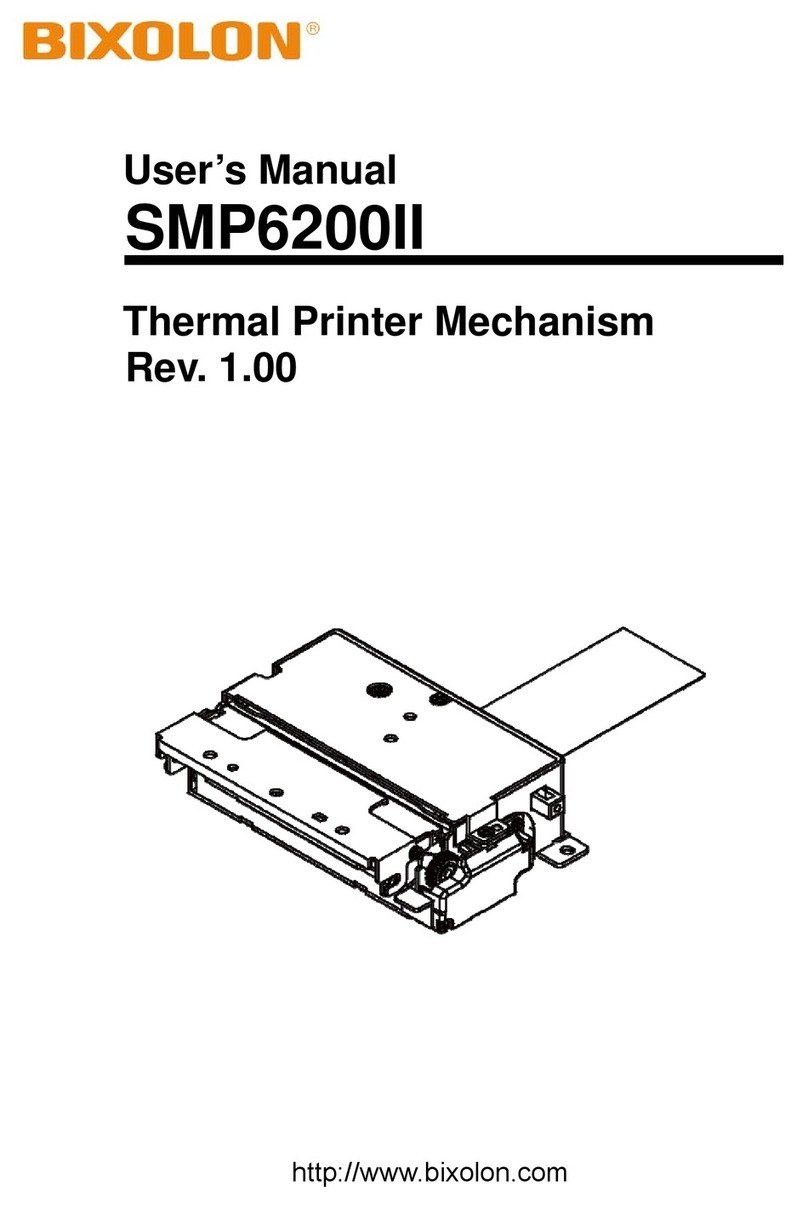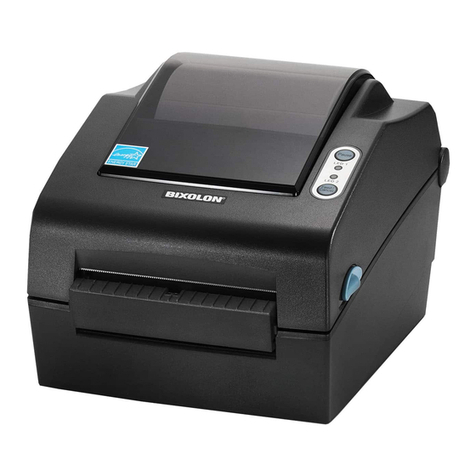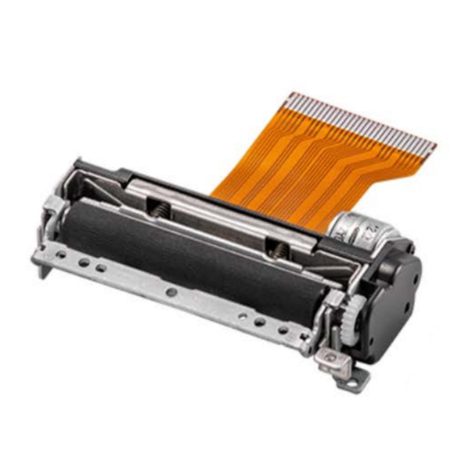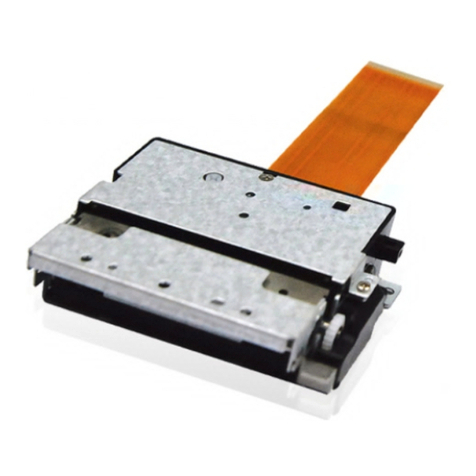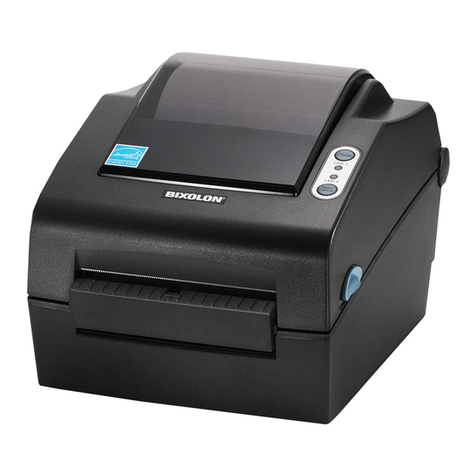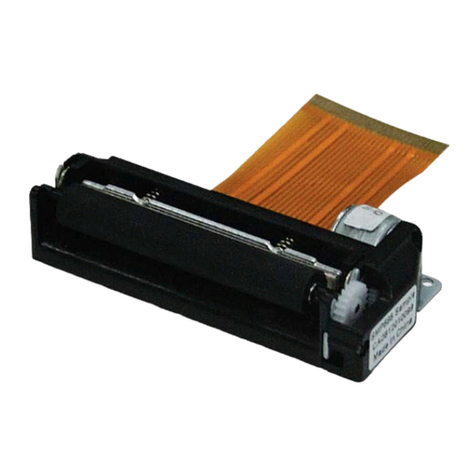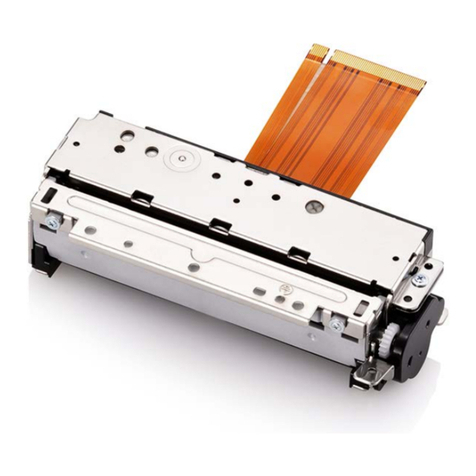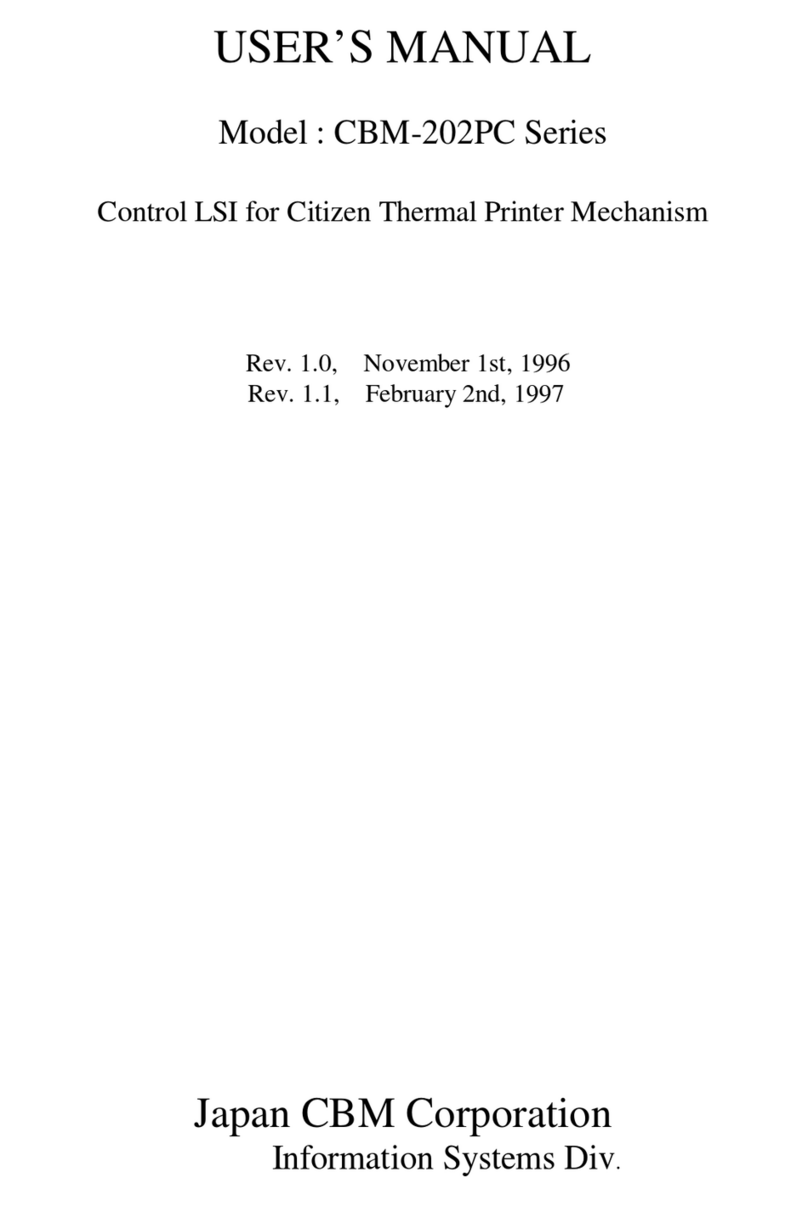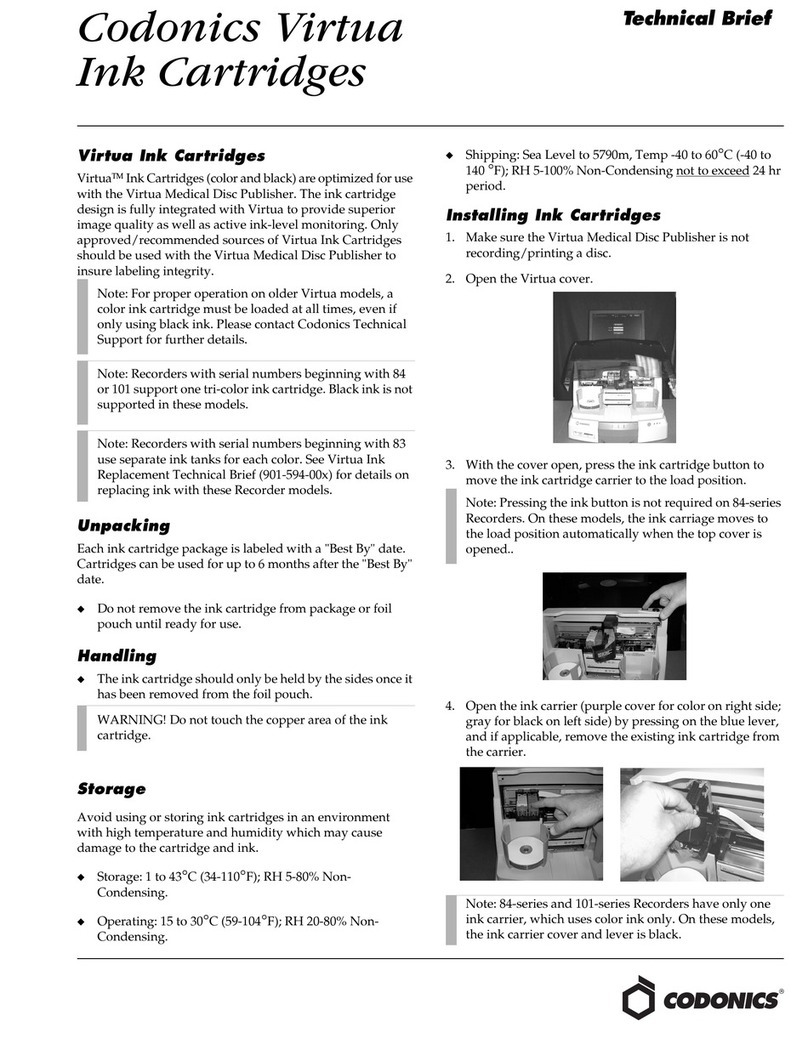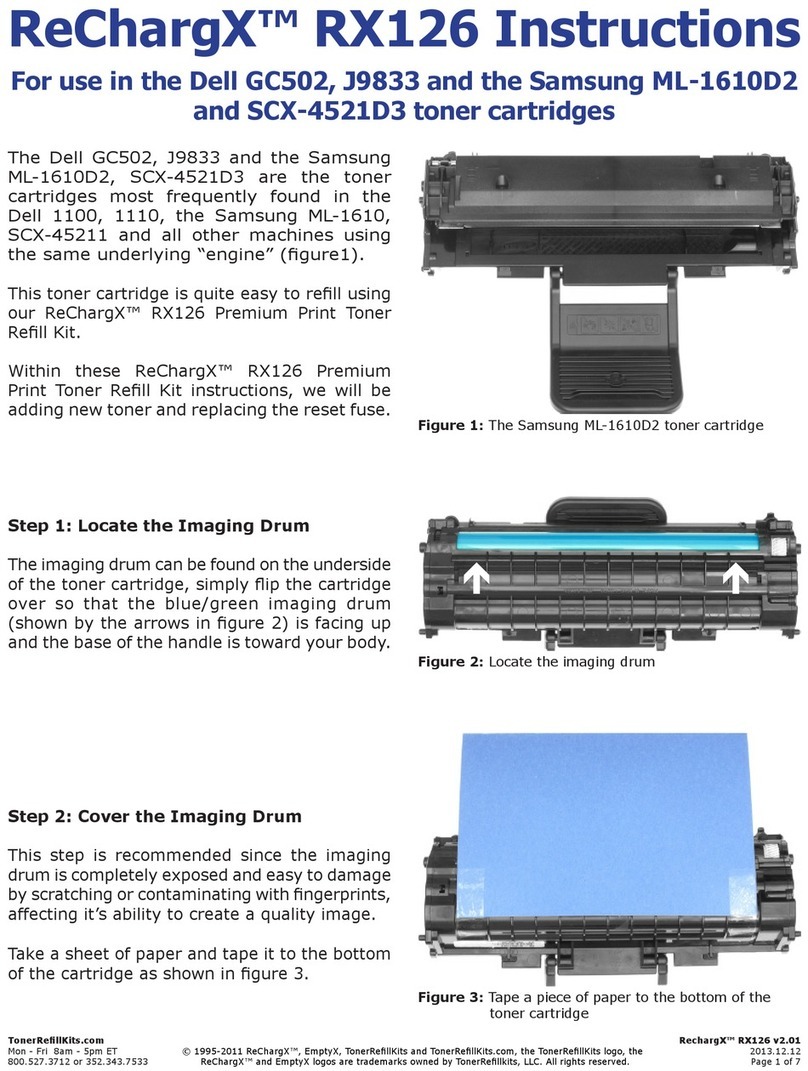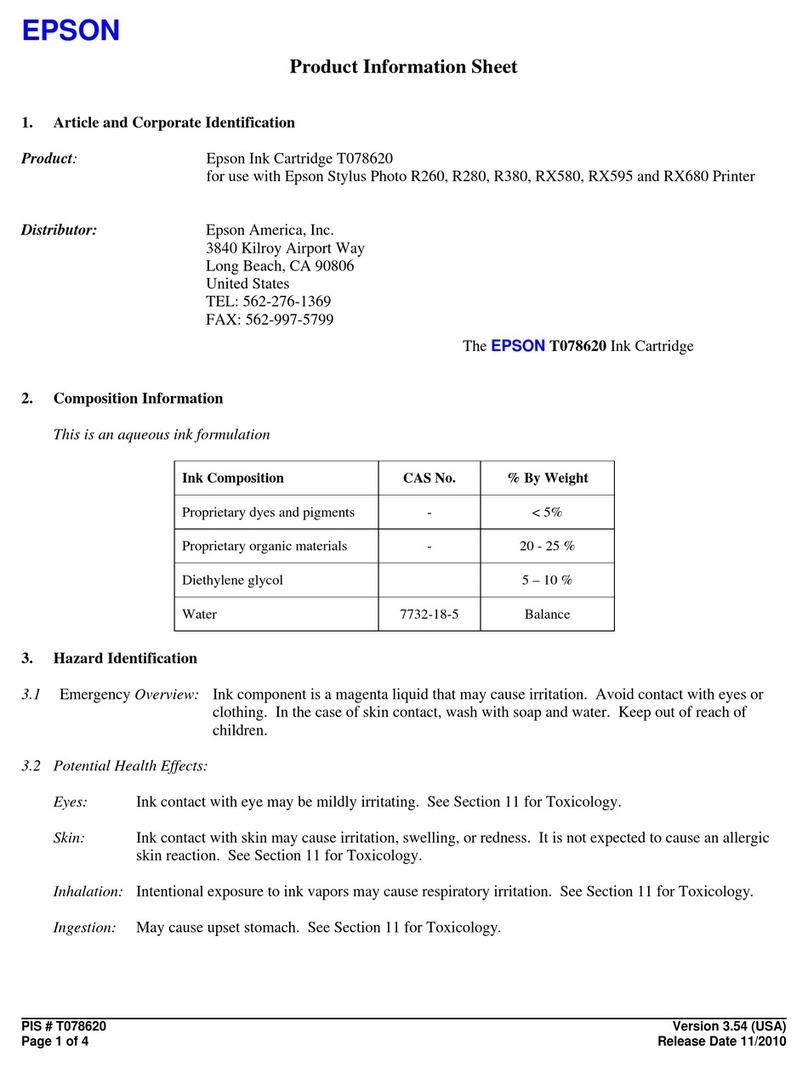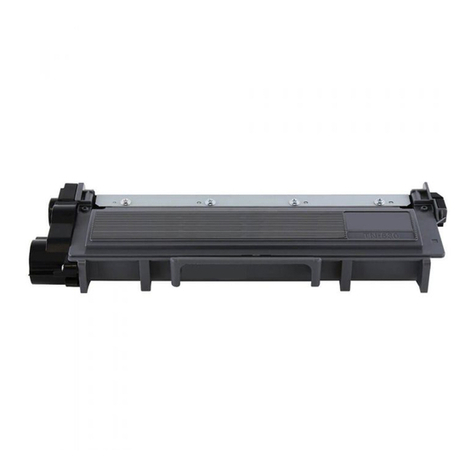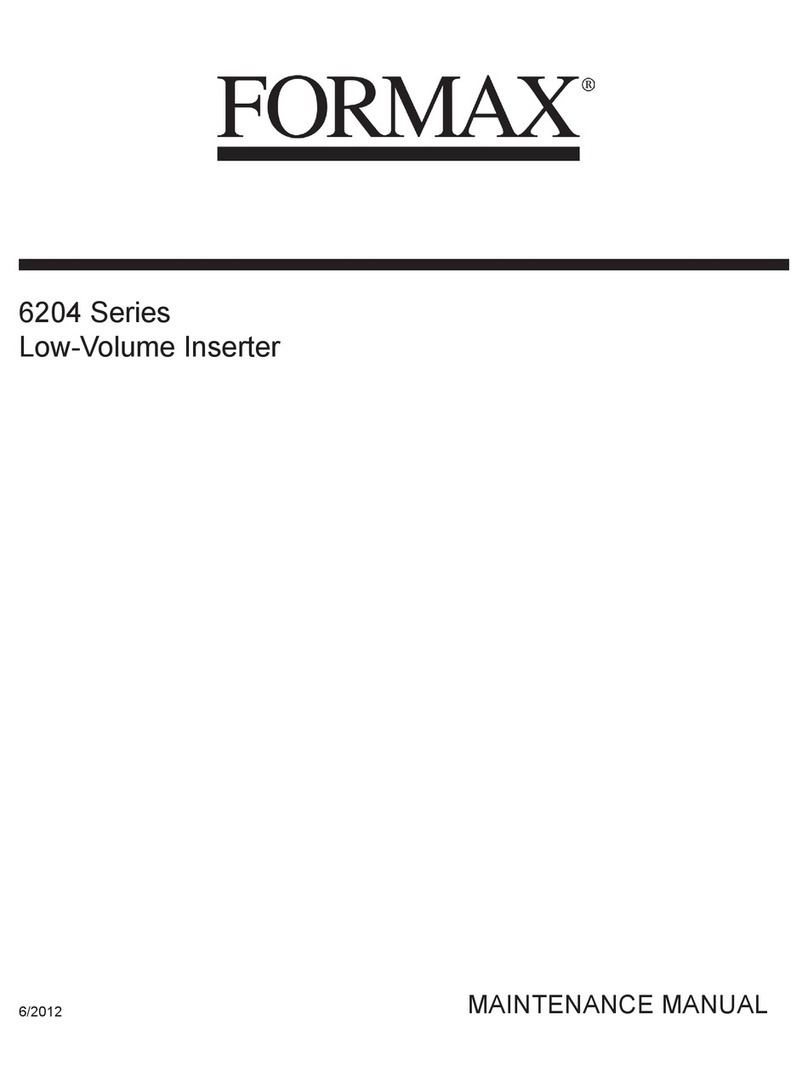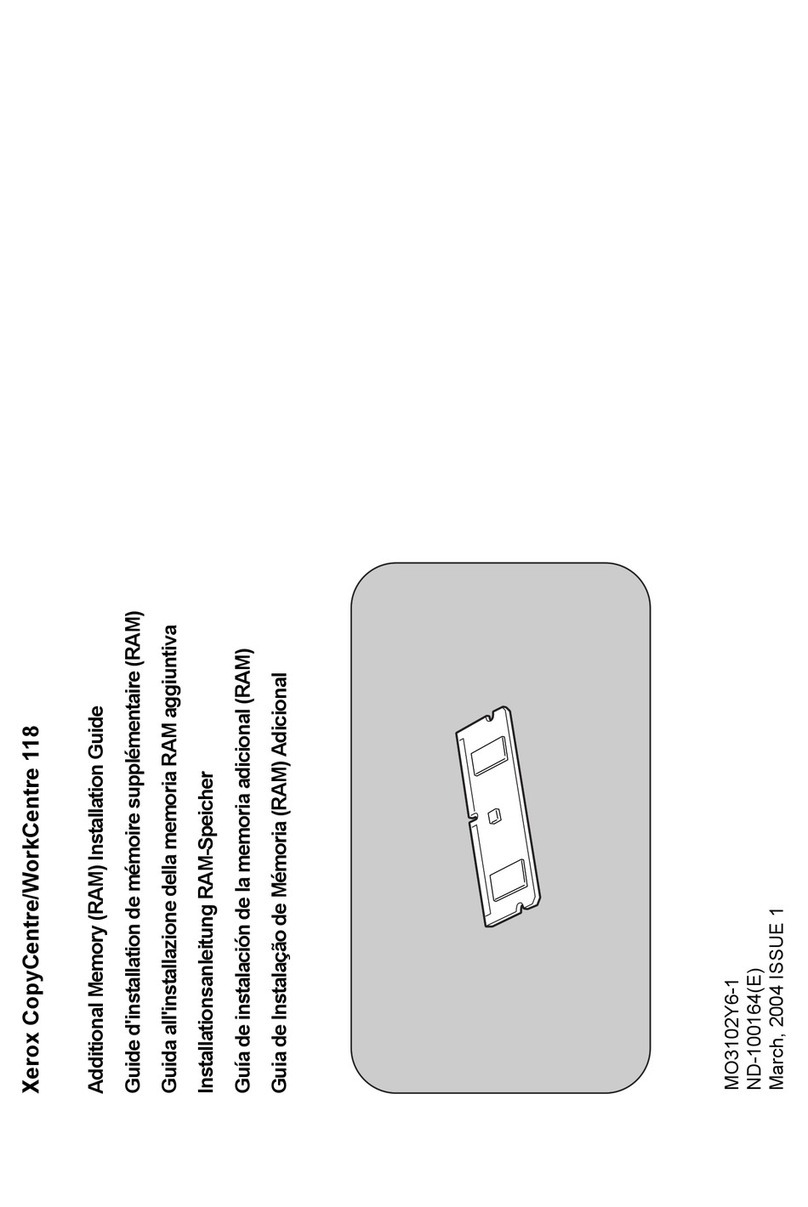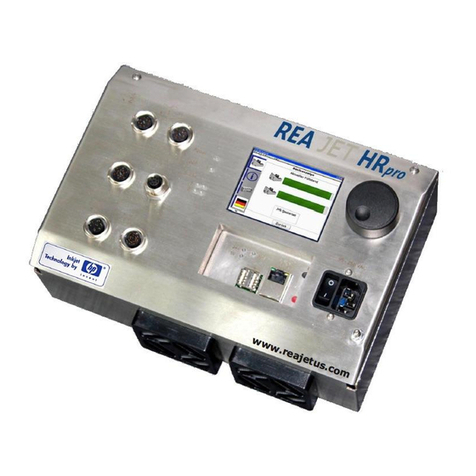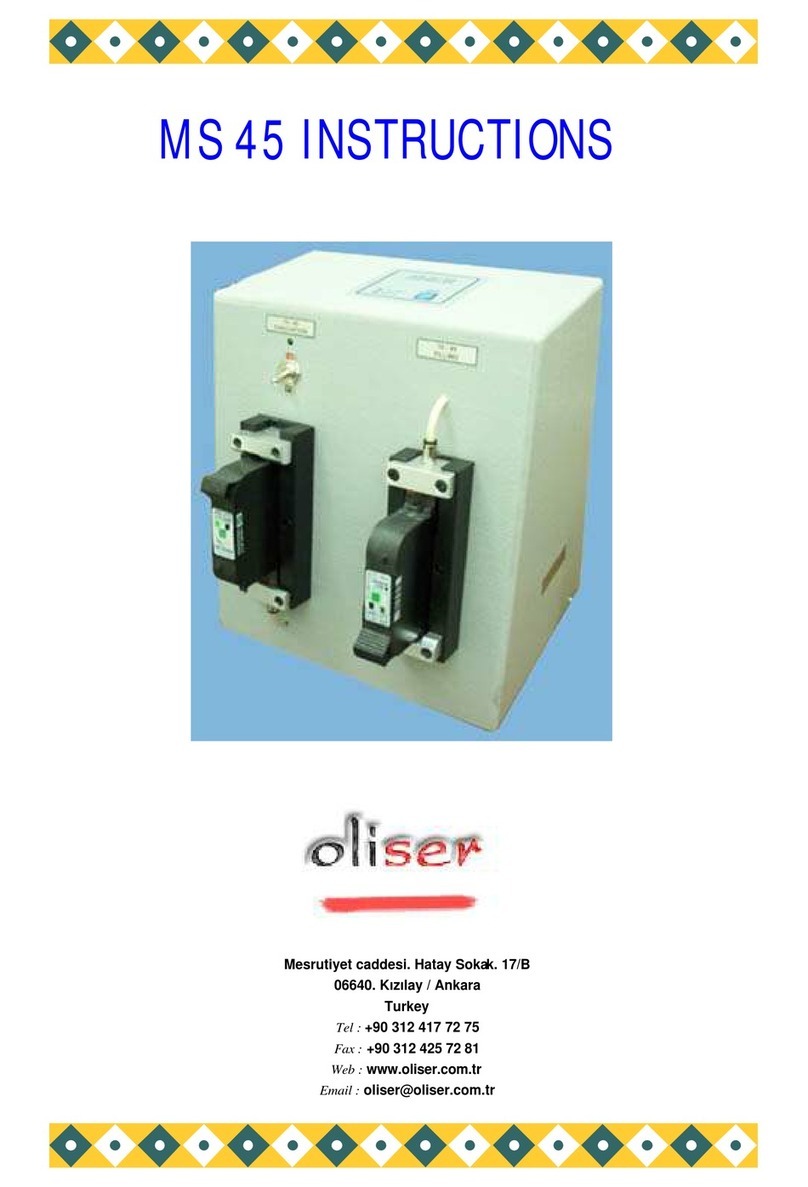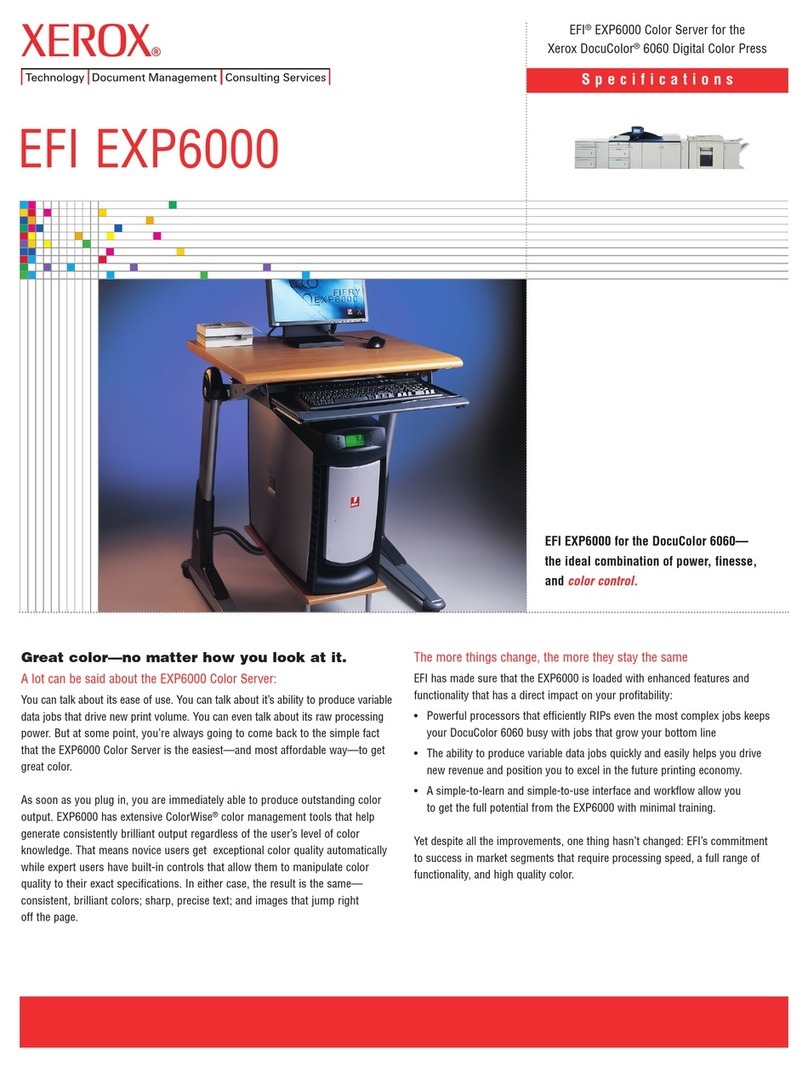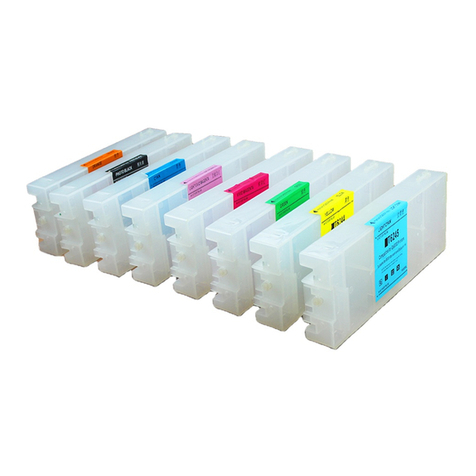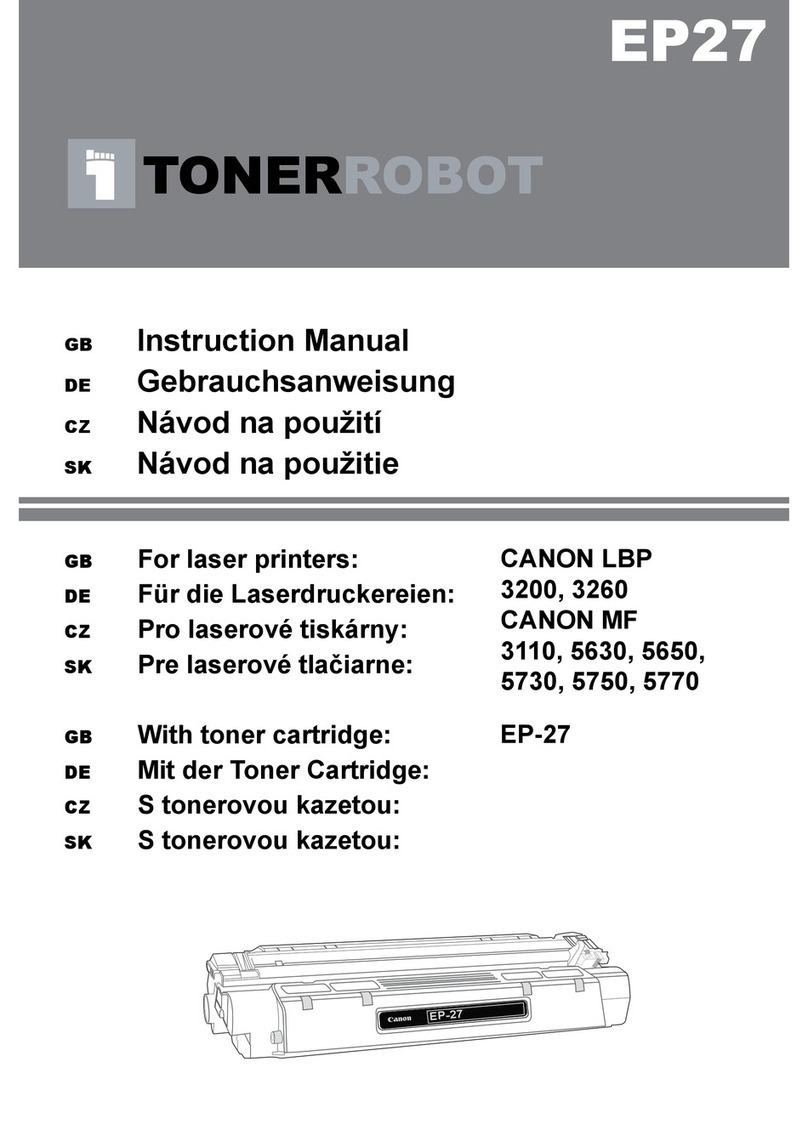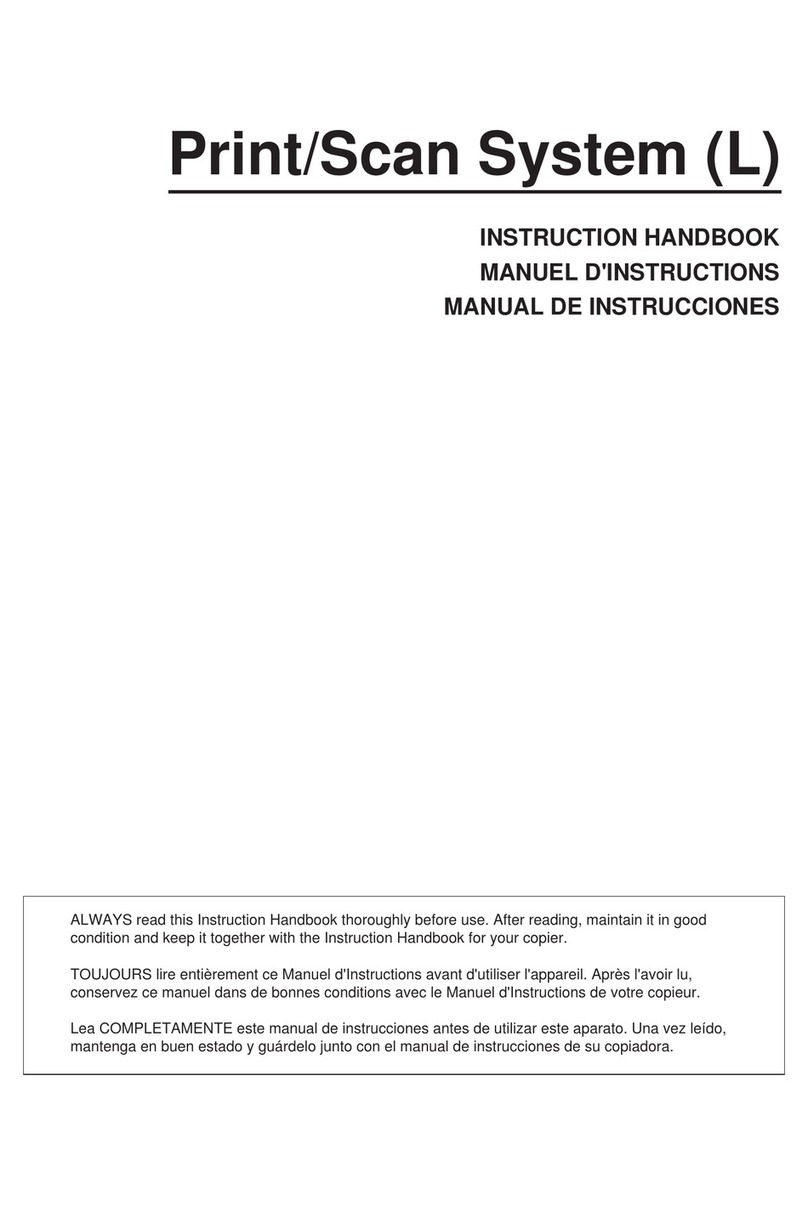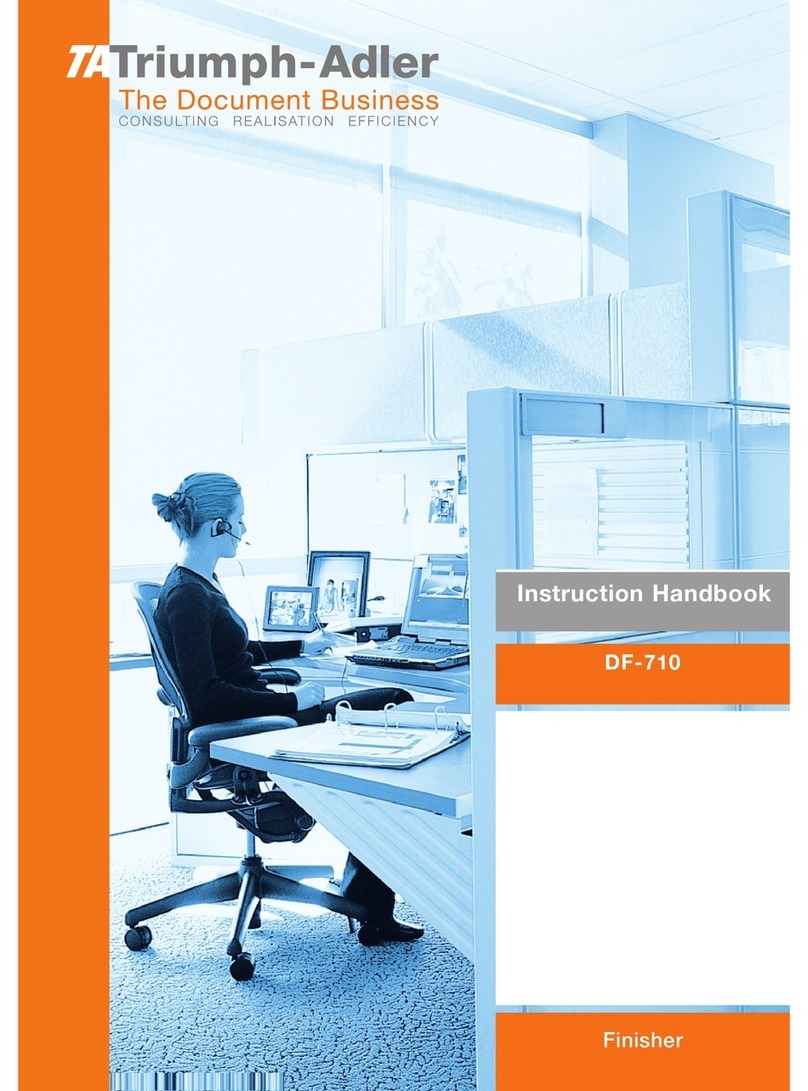
Rev. 2.00
■ Table of Contents
1. Specifications ............................................................................................................14
2. Disassembly diagram................................................................................................16
3. Part names .................................................................................................................17
4. Connector pin arrangement......................................................................................18
4-1 Main FPC cable (50pin)..........................................................................................18
4-2 FPC aux cable (BMS option)..................................................................................19
5. Thermal Printer Head.................................................................................................20
5-1 Specifications..........................................................................................................20
5-2 Block Diagram of the Head.....................................................................................20
5-3 Printing position of transferred data........................................................................21
5-4 Dimensions of thermal device.................................................................................22
5-5 Electrical Characteristics of the Thermal Head.......................................................23
5-6 Thermal Head Drive Timing Diagram .....................................................................24
5-7 Maximum Condition................................................................................................25
5-8 Head Supply Voltage..............................................................................................25
5-9 Peak current...........................................................................................................25
5-10 Pulse Width Control of the Head...........................................................................26
5-10-1 Voltage pulse width...................................................................................26
5-10-2 Calibration of the pulse width when temperature changes .......................26
5-10-3 Example calculation of head operating pulse width(SLT=0.5ms/line).......26
5-10-4 Thermistor specifications..........................................................................27
5-10-5 Detection of abnormal temperature of thermal head ................................28
6. Step Motor (Paper Feed) ...........................................................................................29
6-1 Specifications..........................................................................................................29
6-2 Example drive circuits.............................................................................................29
6-3 Drive sequence (Motor rotates in counterclockwise direction)................................31
6-4 Motor Timing Diagram............................................................................................32
6-5 Drive Frequency Acceleration (Acceleration Control).............................................32
7. Sensor.........................................................................................................................34
7-1 Paper Detection Sensor and Black Mark Detection Sensor....................................34
7-1-1 Absolute maximum rating ...........................................................................34
7-1-2 Electrical Characteristics ............................................................................34
7-1-3 Paper Detection Sensor Sample External Circuits .....................................35
7-1-4 Black Mark Detection Sensor Sample External Circuits .............................36
7-2 Platen Roller Block Detection Switch......................................................................37
7-2-1 Sample external circuits..............................................................................37
7-3 Auto Cutter .............................................................................................................38
7-4 Step Motor (Auto Cutter).........................................................................................40
7-4-1 Auto Cutter Drive Circuits ...........................................................................40
7-4-2 Auto Cutter Sensor(Home Sensor).............................................................41
7-4-3 Auto Cutter Flow Chart ...............................................................................43
7-4-4 Acceleration Step........................................................................................44
7-4-5 Auto Cutter Timing Diagram........................................................................45




















